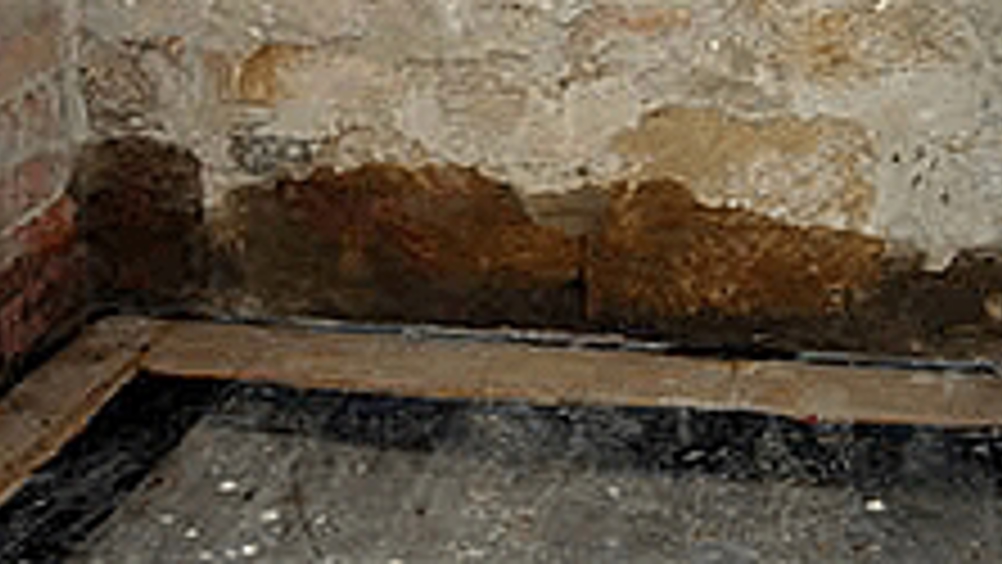Study forecasts weather damage to stone structures
Researchers at Edinburgh University have developed a method of forecasting damage caused by the weather to stone buildings – including statues, monuments and other historic sites, as well as modern masonry buildings.

The development is expected to help conservationists estimate the likely impact of long-term climate change on stonework and brickwork to determine the most suitable plan for preservation.
Building deterioration is often caused by water from the ground rising up through the stone. As water evaporates, salts are left behind that crystallise at the surface. Damage can also be caused by the physical impact of ice forming and melting during cold weather.
Climate change is expected to lead to higher temperatures and lower humidity, which would increase the rate of water evaporation from stone buildings and subsequent deterioration. Damage that would take hundreds of years under present conditions could be significantly accelerated.
The study, claimed to be the first of its kind, created computer models of water movement in stone, based on data from previous studies.
The research, carried out as part of a Leverhulme Trust-funded project led by the University of Oxford, was published in Proceedings of the Royal Society A.
Register now to continue reading
Thanks for visiting The Engineer. You’ve now reached your monthly limit of news stories. Register for free to unlock unlimited access to all of our news coverage, as well as premium content including opinion, in-depth features and special reports.
Benefits of registering
-
In-depth insights and coverage of key emerging trends
-
Unrestricted access to special reports throughout the year
-
Daily technology news delivered straight to your inbox










Water Sector Talent Exodus Could Cripple The Sector
Maybe if things are essential for the running of a country and we want to pay a fair price we should be running these utilities on a not for profit...